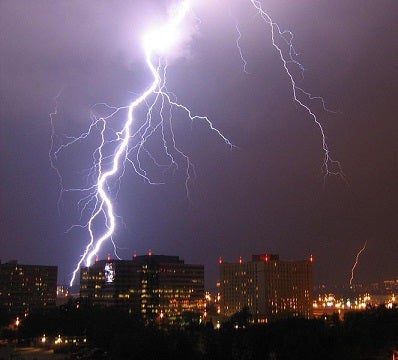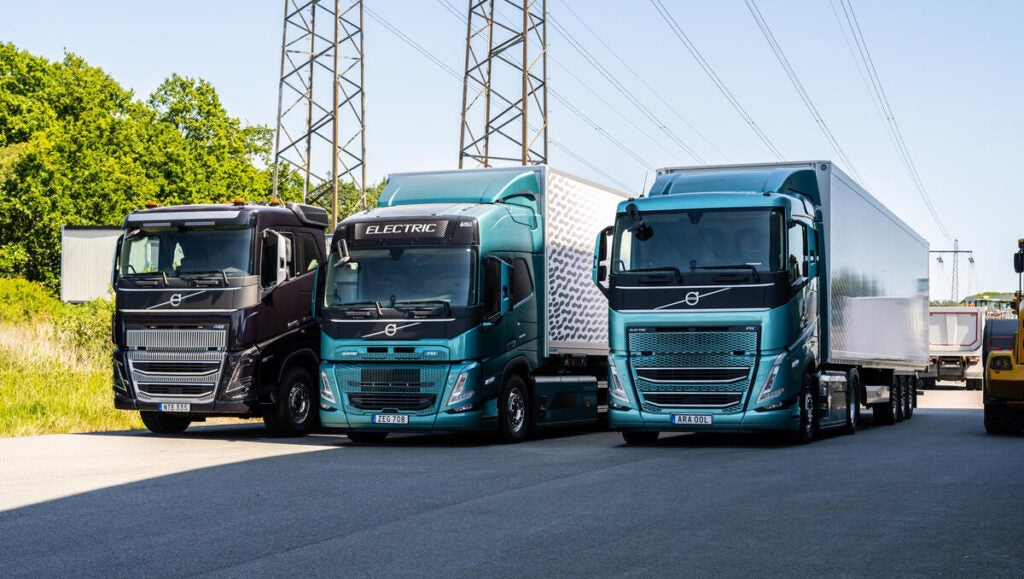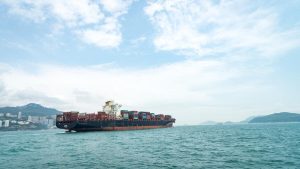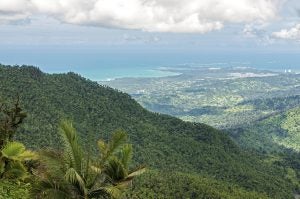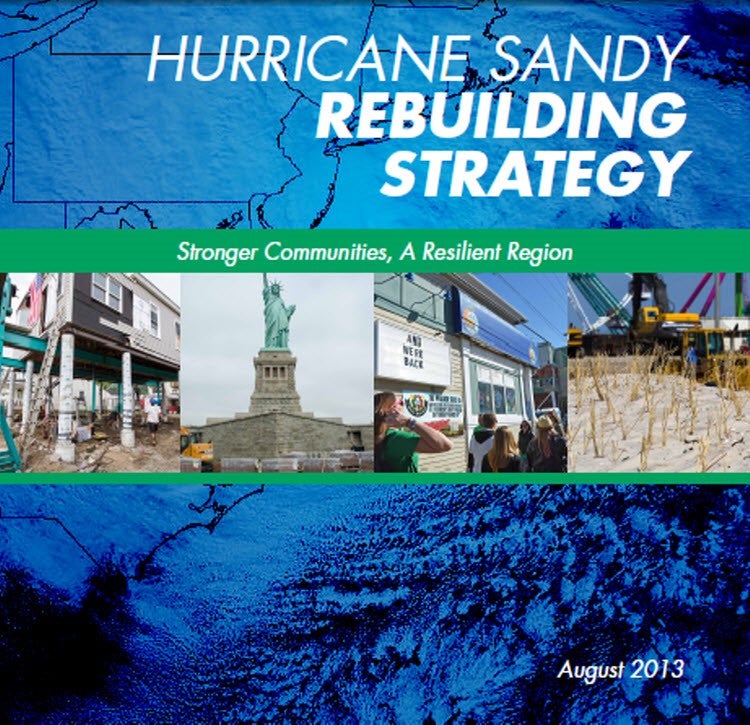 Last week, the Hurricane Sandy Rebuilding Task Force released a Rebuilding Strategy, which aims to rebuild communities affected by Hurricane Sandy in ways that are “better able to withstand future storms and other risks posed by climate change.” From an energy perspective, the main goal of these recommendations is to make the electrical grid smarter and more flexible. This effort would minimize power outages and fuel shortages in the event of similar emergency situations in the future.
Last week, the Hurricane Sandy Rebuilding Task Force released a Rebuilding Strategy, which aims to rebuild communities affected by Hurricane Sandy in ways that are “better able to withstand future storms and other risks posed by climate change.” From an energy perspective, the main goal of these recommendations is to make the electrical grid smarter and more flexible. This effort would minimize power outages and fuel shortages in the event of similar emergency situations in the future.
The Task Force is led by President Obama and chaired by Housing and Urban Development (HUD) Secretary Shaun Donovan. The recommendations put forth in the report were developed with Governor Cuomo, Governor Christie, and a number of federal agencies and officials from across New York and New Jersey, representing an unusual opportunity to make changes that will help communities weather future crises.
This key idea – smarter, flexible energy – is central to resilience, safety and quick recovery in a storm, as well as reducing the harmful pollution linked to climate change in the first place. This has been a key theme of EDF’s efforts to help the Northeast region respond to Sandy.
When the power grid went down on most of New York City following Hurricane Sandy, a number of buildings were able to keep their lights on thanks to existing microgrids and on-site, renewable energy sources. The Task Force report lays out a path forward for taking these isolated success stories to scale and making these clean technologies available to everyone.










